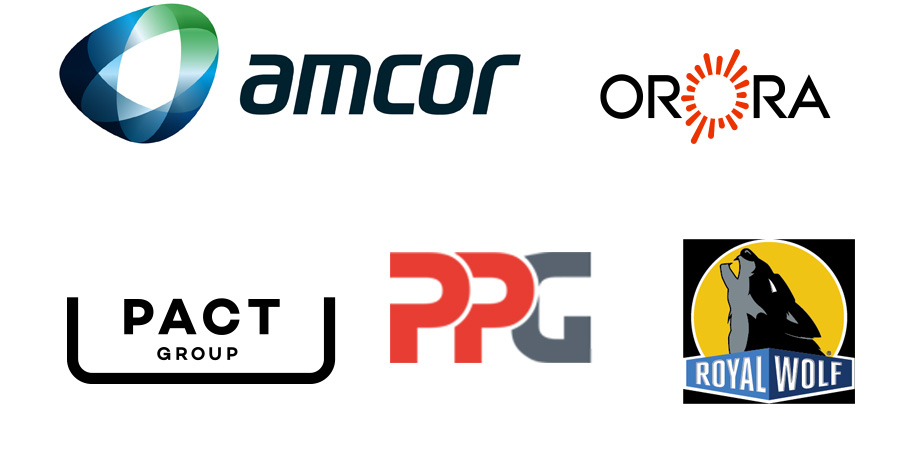Iceland freezes use of unnecessary plast...
- The UK’s leading frozen food specialist has partnered with Mondi to package its products more sustainably
The launch marks a major step change in the packaging of cheese, which has moved from a mixed, triple-ply nylon lamin
The Leeds-based thermoformer will exclusively produce GravityTray – a plastic tray that uses gravity rather than abso
VariOne is designed to immediately generate and print unique creative designs, based on an image or on vector graphic
India’s ethnic snack-food giant Haldiram’s Nagpur has opened its own manufacturing facility for long shelf-life dairy

Working with software firm Provenance.org, they said the guide enabled people to enter a postcode in the online route
This ever-expanding ecological crisis caught the attention of 33-year-old Montrealer Mishel Wong.
“Cristal Renew and Eastman's innovative molecular recycling technologies will play a crucial role in helping us achie
The Canadian branch of multinational retailer Walmart has pledged to remove single-use plastic shopping bags across i
The recycled plastic will be obtained after processing the plastic material present in waste derived from consumer pa
Scotch & Soda will integrate Tipa bioplastic bags into its supply chain, stepping away from conventional plastic
The National Institute of Technology (NIT) Andhra Pradesh’s researchers have developed nanoparticles-powered food pac
Alto Packaging’s plant in Albany, New Zealand, now processes 100 percent washed postconsumer flakes into 100 percent
Unlike existing materials used for such purpose like plastics and aluminum, Melodea sources its barrier coating mater
Part of the German manufacturer of Nivea’s Nivea Men deodorants and most of the Nivea Men shaving gels will be availa
Alaa Alaizoki, who is studying for an engineering doctorate, has created a meat tray without a separate piece of abso
